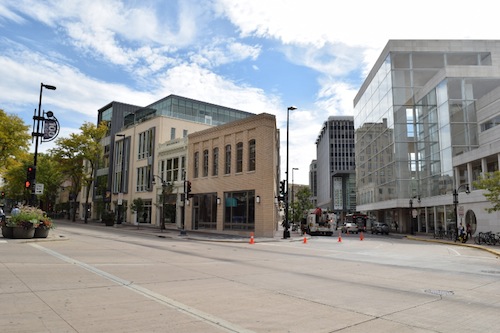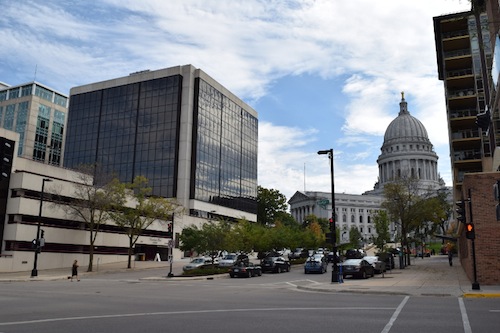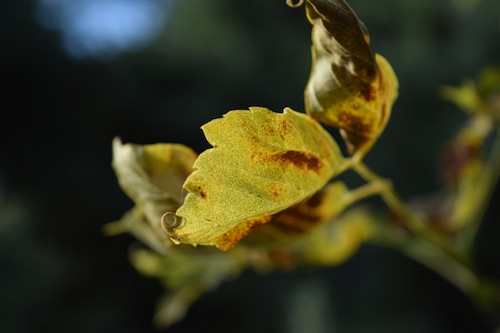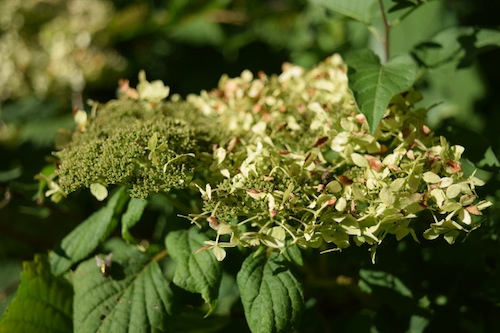|
|
Last week in my photography class, we used some techniques to achieve great and shallow depth of field. Great depth of field involves having as much of an image being in focus as possible, which is most commonly seen in landscape photography. This is most easily achieved by using a small aperture opening and standing far away from the intended subject or scene. Shallow depth of field keeps a small area or object in focus while making everything else (usually the background) blurry. This effect is achieved by doing the opposite techniques of great depth of field - keeping the camera close to the subject and having the largest aperture opening possible.
These two images were taken from a distance with an aperture opening of 22 for great depth of field.


The next two images were taken up close with aperture openings of 5.6 and 5 for shallow depth of field. (Larger aperture openings have smaller numbers. Confusing, I know.)


Want to try some depth of field techniques on your own? If you have a DSLR camera, try looking for your aperture priority mode (usually labeled A or AV) and adjust aperture size accordingly. Remember that smaller numbers are better for shallow depth of field and larger numbers are better for great depth of field. If you have a more basic camera, try using macro or portrait mode for shallow depth of field and landscape mode for great depth of field. In either case, be sure to adjust your distance from the subject accordingly, as well.
|